On a breathless summer afternoon, Mourad steps into the shade of Tunis’ medina. Sidestepping passers-by and hesitating at certain turns as he considers the most efficient path, he leads the way to a narrow alley shaded by grapevines. He orders two glasses of golden-colored grape juice from the man at the coffee bar, and, setting them on a plastic stool, points out a store which didn’t used to be here. This is El Anba, a café which originally catered to textile artisans and shop owners close by, but has become a destination for hipsters. Still, when you come early enough in the morning, he says, it’s calm enough to hear the « tchk tchk tchk » of weaving.

Mourad has long been inspired by urban exploring, or Urbex, indicating how he’s been influenced by a number of urban explorers in Russia, as well as Canadian urbexer Ninjalicious. Describing what compels him to go out with his camera, Mourad cites Leonardo Da Vinci:
There are 3 classes of people: those who see, those who see when they are shown, and those who do not see.
Although he was taking pictures of abandoned buildings and posting them online before he started “Lost in Tunis”, his focus shifted in 2011 as Tunis’ streets were overtaken by protests. The photographer, who has a day-job in finance downtown, found himself in the middle of demonstrations morning and night. As he continued sharing photographs of protestors, acquaintances and journalists began to follow him on social media. « I realized that there weren’t a lot of people who took pictures regularly as they passed by, that is to say, it wasn’t something really thought-out or consistent », muses Mourad.
The first photographs he posted for “Lost in Tunis”—which started as a Facebook page since « everything in Tunis goes through Facebook »—were pictures of homeless and needy on the main streets and avenues. « It was the first series I did », he says, recalling how he was stunned by people’s contrasting reactions. « There were some who were for, some who were against » the idea of taking pictures of people begging and sleeping in the streets. Either way, « you couldn’t remain insensitive when you saw them… I realized that lots of people pass by without seeing them… It’s normal: the brain erases the things we don’t like to see ».
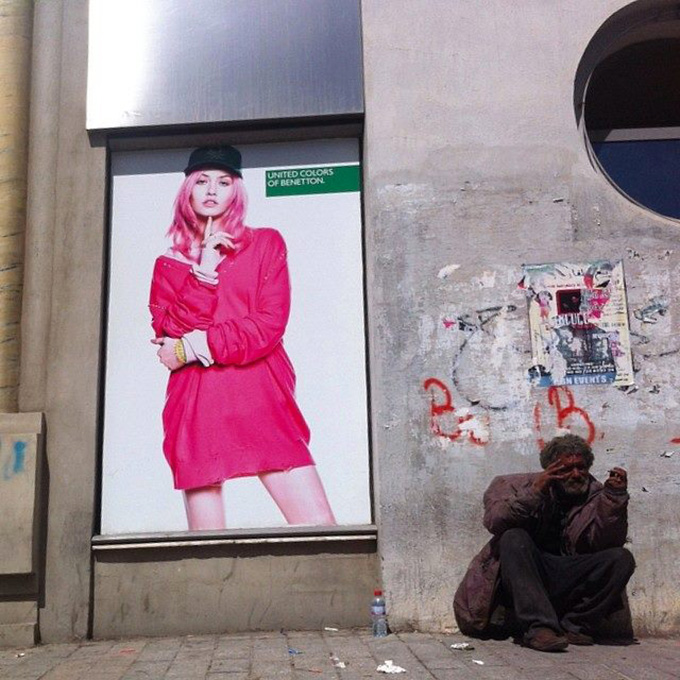
On Avenue Bourguiba, Rue de Paris and other busy thoroughfares, Mourad continued to seek out things that people see without noticing. He also wanders with his camera off the beaten track, seeking out things that people do not see at all. « The goal is to go to non-tourist places », says Mourad, citing less-frequented neighborhoods where he is drawn to the colonial-style apartment buildings and the flea-market where he rummages for bizarre odds and ends. Not everyone appreciates seeing these things in photos, because they feel it portrays an unnecessarily grungy portrait of the city. Faced with pictures of what must have once been an elegant residence now in a state of near ruin, some bemoan the regretful neglect of tenants or the municipality’s passivity. « When they pass by on the street they don’t notice », Mourad oberves, « but when they see it on Facebook, they react ».
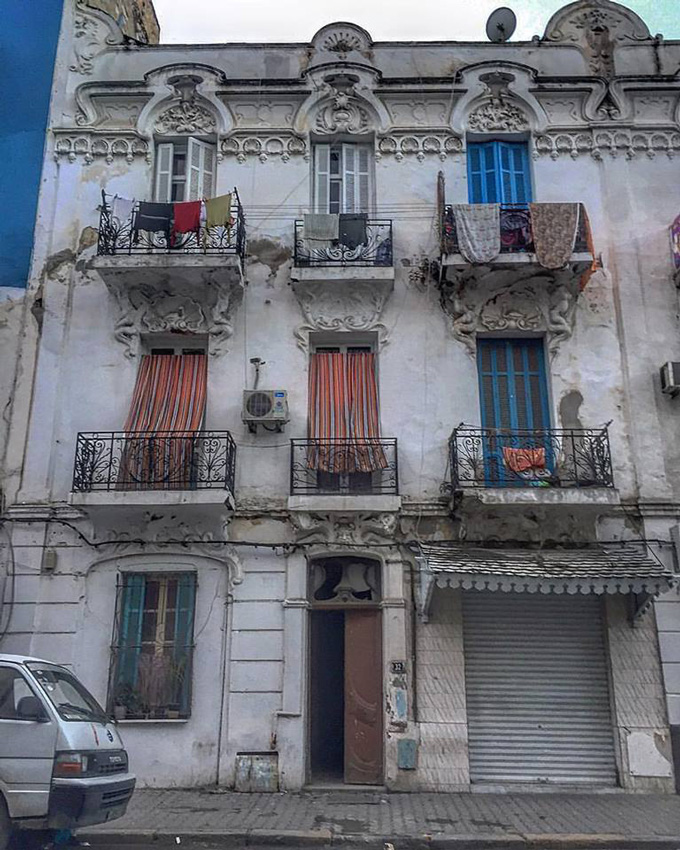
Access to many of the places Mourad visits is restricted, either due to physical barriers, city regulations, or security guards on site. For some of the « non-tourist » places that he frequents, police are wary of his presence. On one occasion he was taken in for questioning, but released after a few hours. « I don’t have a “status”: I’m not a photographer, journalist, architect or artist. It’s not always easy », he explains, adding with a smile, « but I prefer it like that: it’s a challenge ».

Challenge is an inevitable element of urban exploring, and also a motivating factor in Mourad’s excursions. He holds himself to pursue themes that avoid clichés and standard beauty.
I don’t focus on “easy beauty”. If you have a camera, a pretty setting, and pretty girl, you’ll have 500 likes guaranteed.
On the other hand, « you can spend several weeks speaking to people, searching for a place, talking to security, trying to figure out how to get inside and take a photo that no one has taken, and 10 people will recognize the work ». But Mourad is not driven by the number of likes on social media, nor by what the press thinks, nor the commercial possibilities of his project, leaving him « free to work on subjects that are not mainstream, not bankable ».
It is four in the afternoon and a youth is bussing empty glasses and stacking chairs at El Anba. « This is the kind of café you can’t just fall upon by accident », says Mourad, making ready to leave.
You have to pass by the souks, the Zitouna mosque… That’s the idea, to be lost in Tunis, to show the other side of Tunis.
For Mourad, the Medina is a treasure trove: medieval history, childhood memories—he grew up exploring the old city where his grandparents lived—, abandoned palaces, herb shops that precede today’s pharmacies, a hammam dating from the year 899. For all the activity and foot traffic that makes the Medina a living, breathing place, so many of its gems, as Mourad describes them, remain undiscovered.

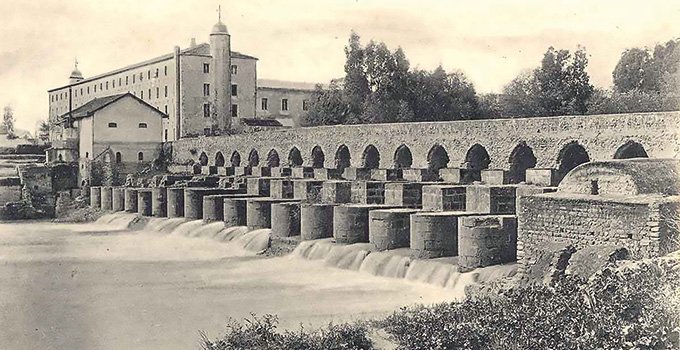
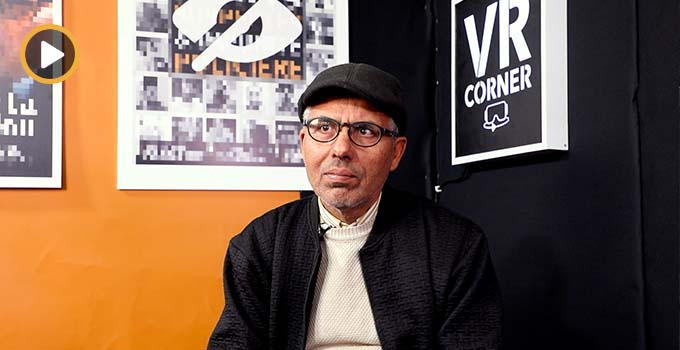
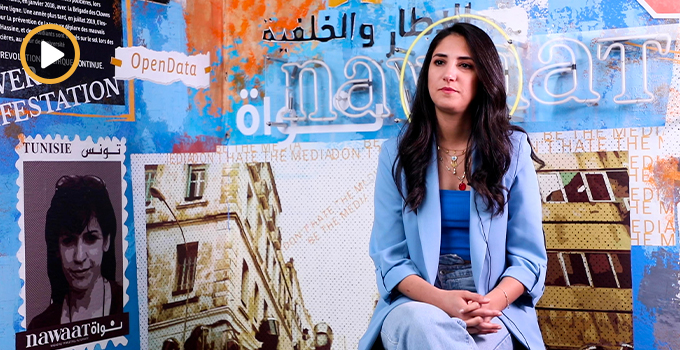

iThere are no comments
Add yours